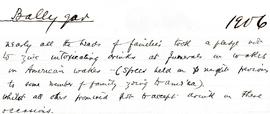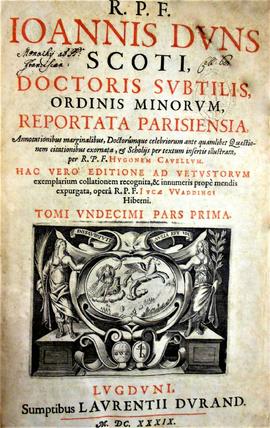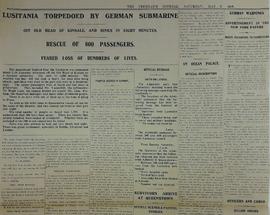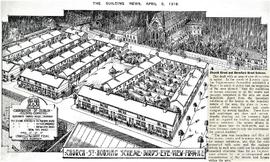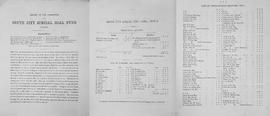Reports on Local Temperance Missions
- IE CA MR/1/2/2/4
- Item
- 1906
Part of Irish Capuchin Archives
Report by Fr. Albert Bibby OSFC on temperance missions from Oct.-Dec. 1906. The report includes the location of the mission, information on the success (or otherwise) of the preaching including the numbers taking the pledge and the general state of the temperance cause in the locality. The locations include Ballyforan, Ballygar, Louisburgh and Clare Island. The report on Ballygar, County Galway (where a mission was held from 2-16 Dec 1906) reads as follows: ‘Nearly all the heads of families took a pledge not to give intoxicating drinks at funerals or wakes or American wakes (held on night previous to some member of family going to America) whilst all others promised not to accept drink on these occasions’. The ‘American Wake’, sometimes referred to as the ‘Live Wake’, was a unique leave-taking ceremony for rural Irish people travelling to the United States. ‘American Wakes’ took place prior to the Great Famine, but most of the documentary evidence survives from the late 1800s and early 1900s. It was most commonly practiced in counties along the western seaboard where traditional customs remained most potent. Usually held on the evening prior to an emigrant's departure, the ‘American Wake’ resembled its ceremonial model, the traditional wake for the dead. It represented a permanent breaking of earthly ties for people who regarded emigration as death’s equivalent.

